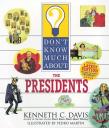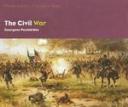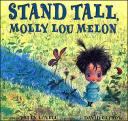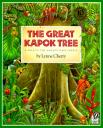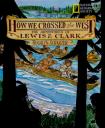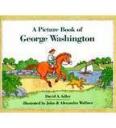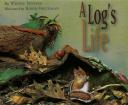Don’t Know Much About the Presidents is a great resource for kids to explore the lives of the presidents and their families by learning fun and interesting facts. The author, Kenneth C. Davis, begins the book with an introduction to the presidency and what the President does. The book then goes through each President from George Washington to Barack Obama giving questions and answers about the President and a time-line of important events that happened during his presidency. Facts are organized under headings in the form of questions like “What did Eisenhower do that was out of this world?” or “How was James Madison a father if he didn’t have any children?” Readers learn trivia they wouldn’t learn in a history book like “At 332 pounds, William Howard Taft was America’s heaviest President. A new bathtub – one big enough to fit four regular-sized men – had to be installed just for him.” The illustrations, by Pedro Martin, include a portrait as well as comical interpretations of the facts being presented.
Curriculum Connections
This book can be used in K-5 instruction to identify the President as the leader of our country (K.9) and describe the contributions of the Presidents to our country (1.2, 2.11, 3.11c, VS.6a,b). It can also be used to make connections between past and present (USI.1b, USII.1b). For younger children, this book would be helpful for identifying the Presidents as the people honored by President’s Day (K.1b, 1.3) and for fostering patriotism by teaching students about our Presidents and some of the symbols of our country (1.11).
Additional Resources
1. Students can celebrate Presidents Day every day with crafts, activities, games, and more information about the Presidents.
2. View pictures of Presidential pets.
3. Print and color portraits of the Presidents or Presidential Seal.
General Information
Book: Don’t Know Much About the Presidents
Author: Kenneth C. Davis
Illustrator: Pedro Martin
Publisher: Collins
Publication Date: 2009
Pages: 64
Grade Range: K-5
ISBN: 0061718238

